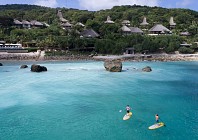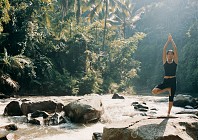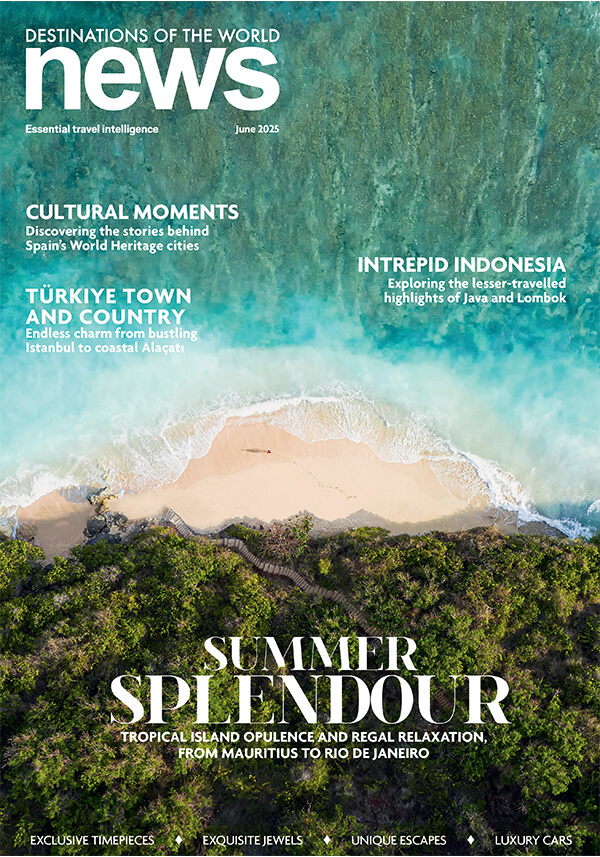As I smiled for a photo with the dozenth person to ask me for a selfie in an hour, I realised just how far off the usual tourist trail I had strayed. Although Borobudur, the world’s largest Buddhist temple, was bustling with people, there wasn’t another foreigner in sight, and the visiting groups of school children seemed far more interested in me than the jaw-dropping UNESCO World Heritage Site.
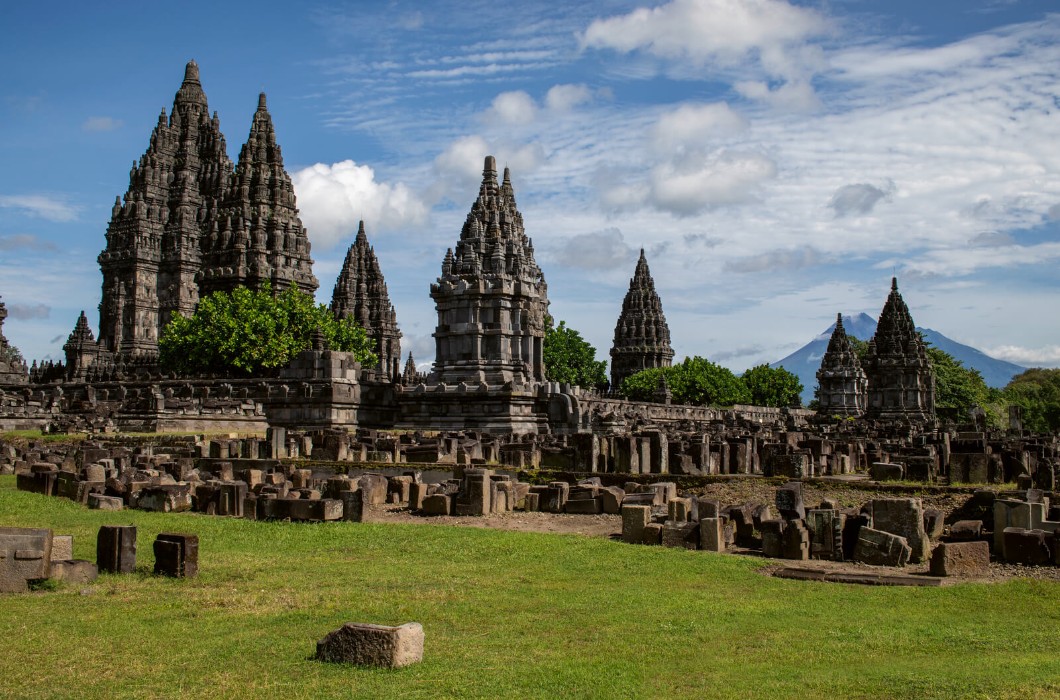
As I looked out over the 70-plus stone stupas (bell-shaped monuments containing stone buddhas) and the imposing volcanos that surrounded it, I couldn’t fathom why Java had managed to remain so gloriously free from tourism and over-development. Despite being just a one-hour boat ride from Bali and its 6.3 million annual international tourists, it seems that most people still only visit Indonesia’s most populated island to change planes in the capital Jakarta, before hopping over to Bali as quickly as they can. If you ask me, this is a tragic shame.
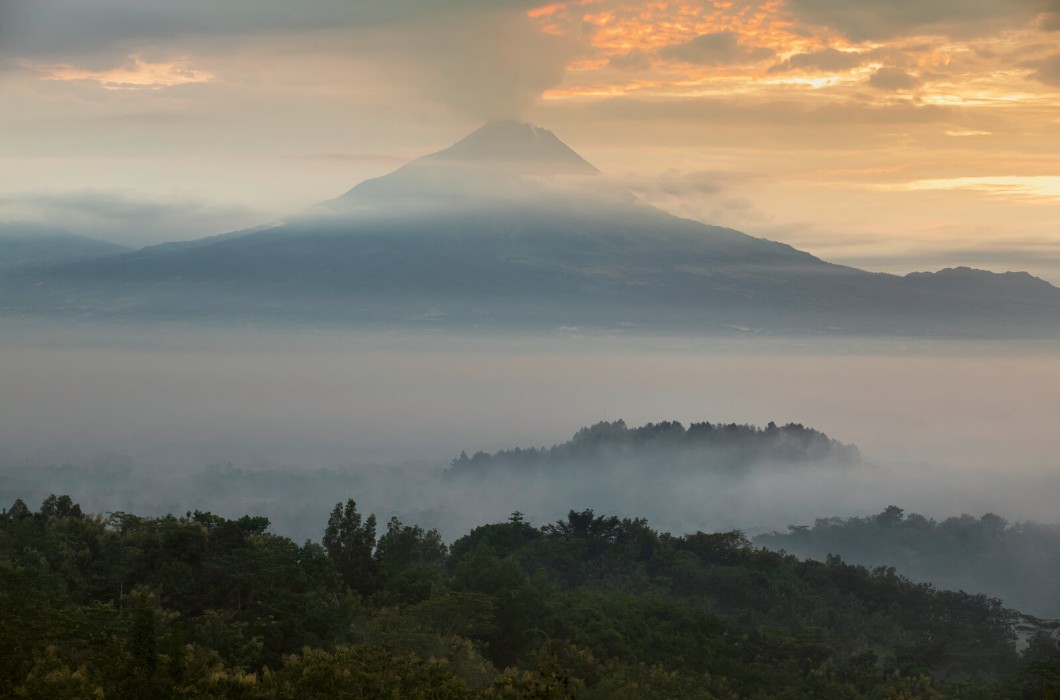
Home to a staggering 112 volcanos (including 53 active ones), green and luscious Java offers endless miles of fertile soils, dense forests and gushing waterfalls. Filled with wonderful hiking, highly unique traditions and unbelievable temples, it’s a refreshingly different kind of Southeast Asian island that delivers far more than just white-sand beaches—although it does have some stunning island archipelagos, too. Every day brings dozens of surprises and surreal ‘is this really happening?’ moments. From hiking up blue-fire spurting volcanos to partying all night in rooftop bars, Java is anything but predictable.
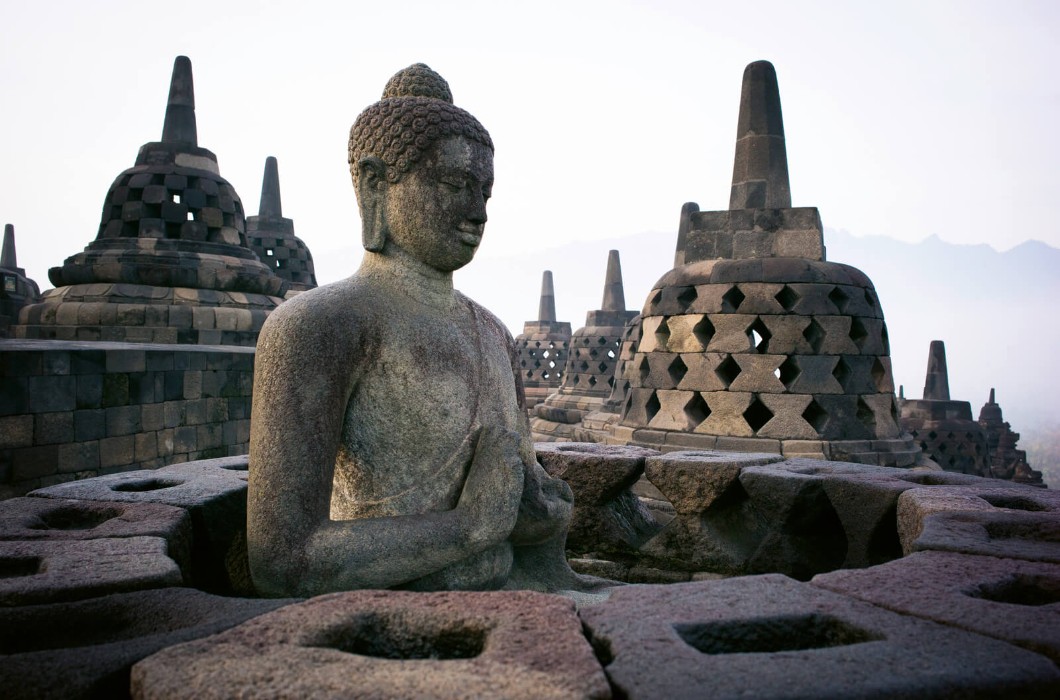
Like most, I start my adventure in bustling Jakarta. With a population of over 11 million and a reputation for being rather crowded, I predicted that I wouldn’t want to stay for long. However, quite the opposite is true. I find the capital instantly charming and characterful. Guided by the advice from a local friend, I discover the city’s highly sociable expat scene and its many world-class hotels and fabulous restaurants. The fact that it has one of the best shopping scenes in Southeast Asia doesn’t hurt either.
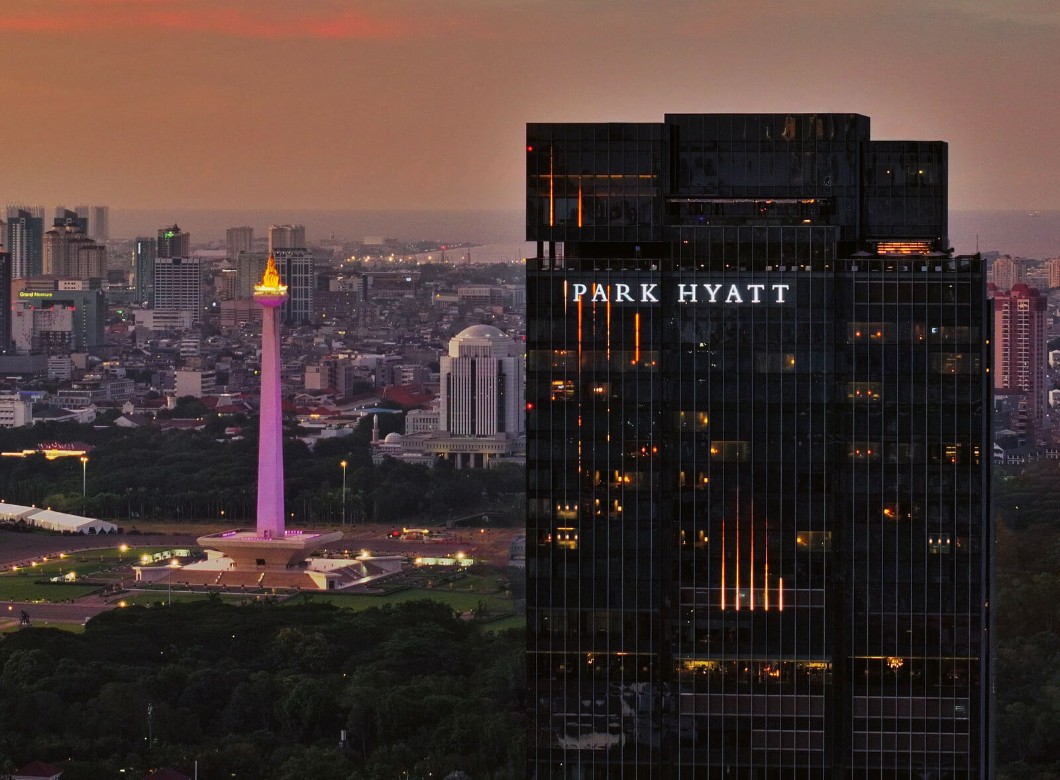
Keen to stay in the heart of the action, I base myself at the sky-high Park Hyatt Jakarta. Spread across the 25th floor and up, the views from the floor-to-ceiling windows had me riveted from the moment I arrived. Just minutes from the National Monument, the Presidential Palace, The National Gallery of Indonesia and the central green Dataran Merdeka (Independence Square), you can also jump on the metro and be in the old town Kota Tua (old town) in just over half an hour.
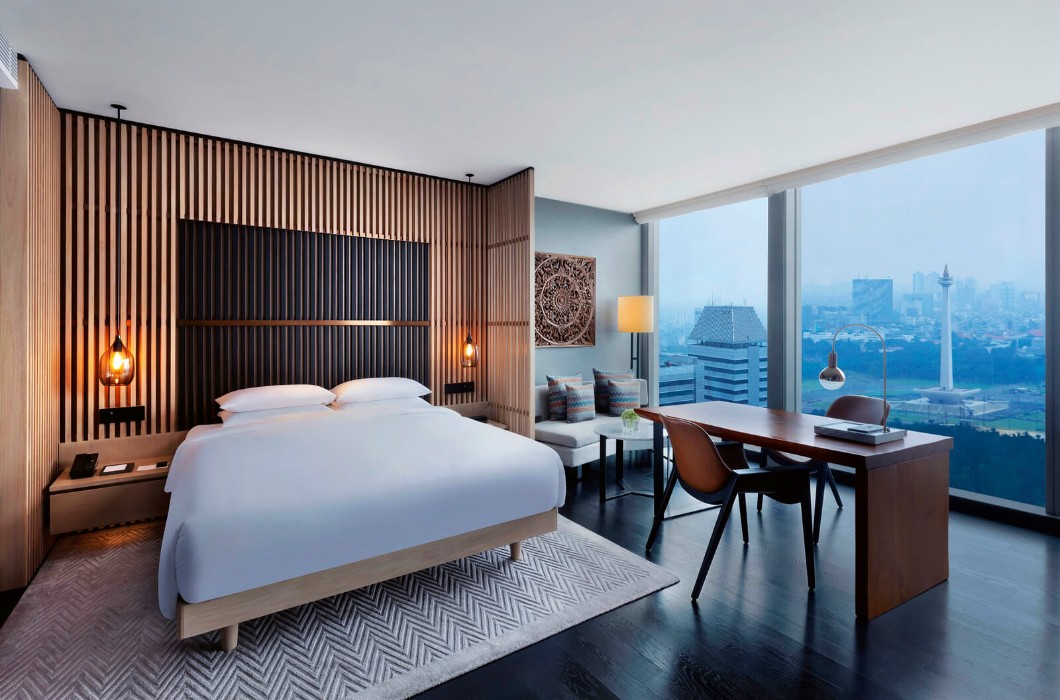
Filled with narrow, cobbled streets and pretty, colonial-style buildings, the old town comes to life during the weekend with cultural performances and street food markets. Renting one of the colourful bicycles makes it extra easy to get around and explore its many museums and hidden gems. I could easily have stayed in the city longer than my scheduled three days.
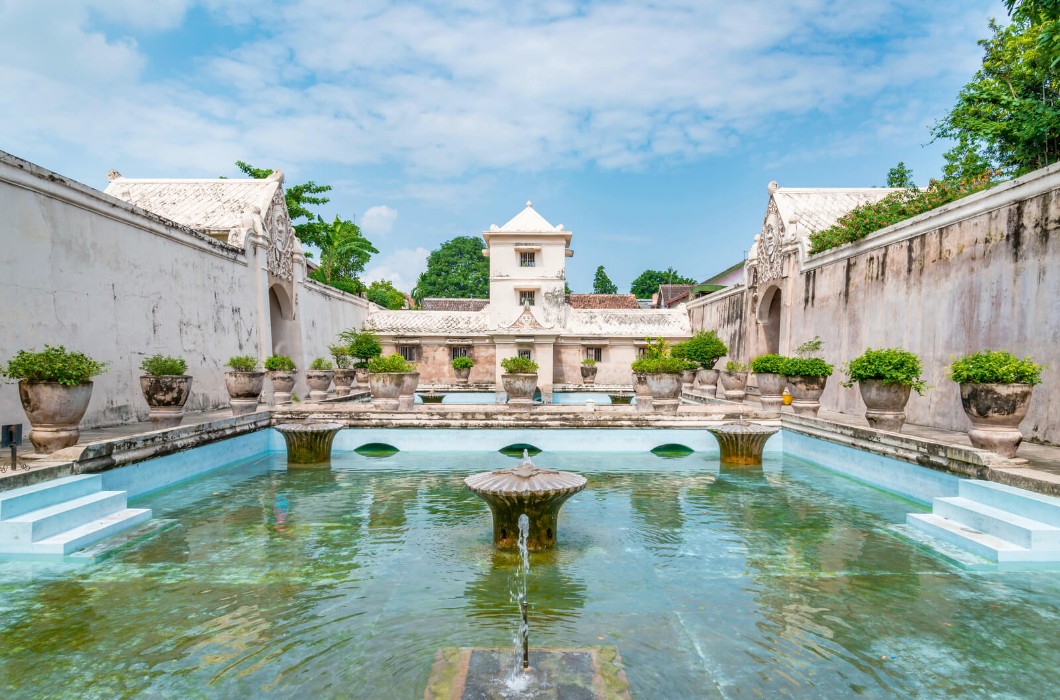
Next on my itinerary is Yogyakarta, Java’s cultural and spiritual epicentre. More commonly known as ‘Jogya’, most choose to fly there, but I hugely enjoy travelling over by train. Taking between six to eight hours, the train is surprisingly modern and clean, while the ever-changing views out the window are simply wonderful. A stark contrast to the skyscrapers of Jakarta, arty and bohemian Jogya is filled with colourful galleries, independent boutiques and quaint cafes. Recognised as the cradle of Javanese civilisation, it’s the ultimate place to buy and discover batik, the island’s ancient and very beautiful fabric-dyeing technique that uses intricately applied melted wax. The shimmering Kraton, the sprawling palace of the Sultan of Yogyakarta, is another Jogya highlight, as is the Taman Sari Water Castle, a fairytale-like complex of gardens that was once the playground of the sultan and his entourage.
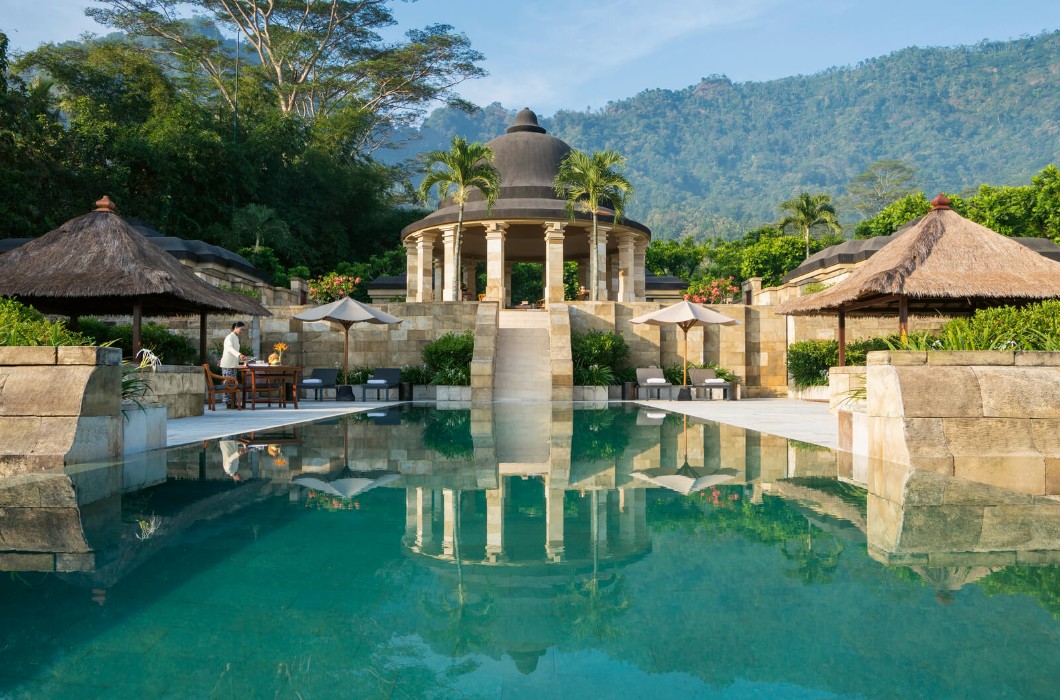
Deeply spiritual, the entire city feels like one living museum, while the rolling green countryside that surrounds it is littered with treasures. Constructed in the eighth century, the Prambanan temple complex is the second-largest Hindu shrine in Southeast Asia, with only Cambodia’s Angkor Wat exceeding it in terms of size and stature. Borobudur is another essential day trip from the city. Covering a massive 2,500 square metres, the spectacular Buddhist temple also forms the inspiration behind the other-worldly Amanjiwo resort. Translating to mean ‘peaceful soul’, Amanjiwo cascades down the hillside above Borobudur. Its long infinity pool is rimmed with misty mountain tops and green rice paddies, while every detail is rich in local culture and designed to blend in with the surrounding landscape.
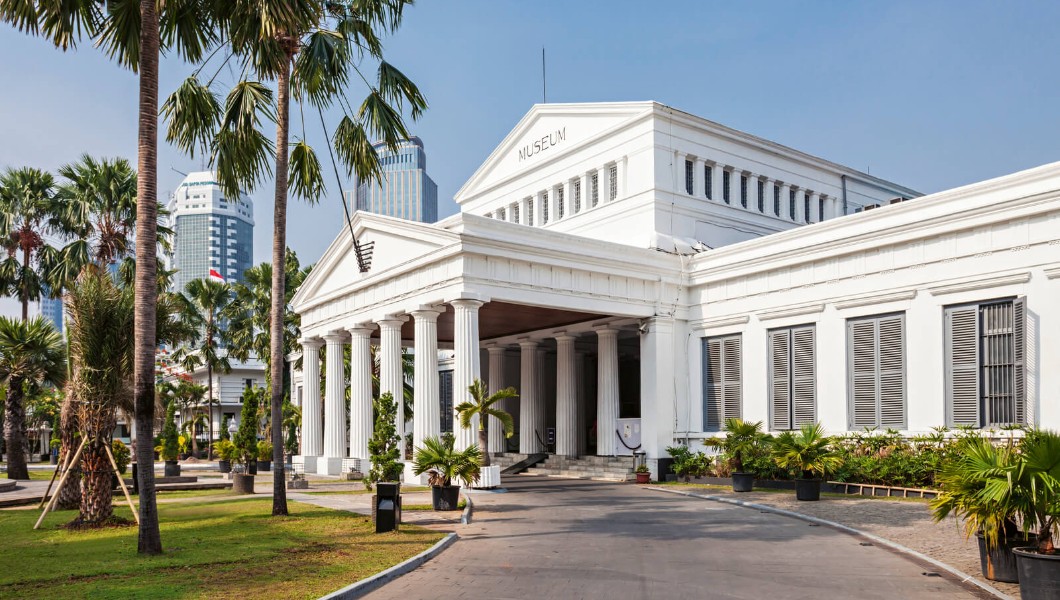
Refreshed and replenished, I leave the tranquil escape feeling ready to take on the most extraordinary adventure of my trip so far: hiking active volcano Mount Ijen. Admittedly, I didn’t quite realise how extreme the expedition was going to be until I got there. Type Mount Ijen into your internet search and you’ll be flooded with photos of the most beautiful blue lake you’ve ever seen. It looks very inviting. In reality, its pretty colour disguises the fact that it is the most acidic lake in the world. As if that isn’t scary enough, the active volcano also omits toxic gases, including dangerous sulfur dioxide. Despite this, it remains one of Java’s most popular attractions. Most are drawn by the volcano’s famous ‘blue fire’, a phenomenon caused by the sulfuric acid in the spurting lava connecting with the air. A spectacle that can only be viewed under the cover of darkness, my guided tour up to the crater starts at the rather unsociable hour of 2am. Notwithstanding the early morning, it is absolutely worth the effort.
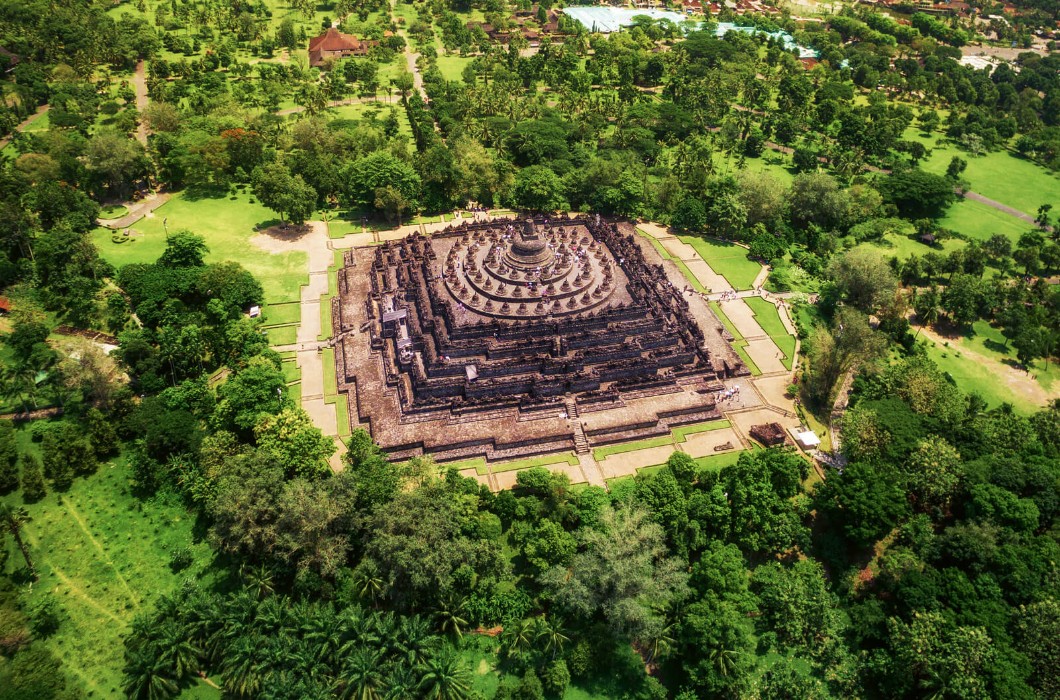
While the bright blue fire is impressive, it is only one of dozens of memorable experiences that happens during my visit to Ijen. The clouds of sulfuric acid that hang over the 200-metre-deep crater mean you need to wear a gas mask for the top portion of the hike. Navigating the steep and slippery paths in a heavy mask isn’t the easiest of experiences, but when the sunrise reveals the ethereal moonlike landscape around us, suddenly I stopped questioning why I am here and what I am doing.
The most humbling part of Mount Ijen is seeing the local miners who work in the sulfur mines. Every day, they complete the arduous climb to the top to collect sulphur to be used in cosmetics and other products. Along with putting themselves at risk from the toxic gases, they carry down approximately 90kg of the yellow sulphur rocks (known as ‘Devil’s Gold’ to the locals) every single day. They balance the heavy rocks on their bags in wicker baskets, and most of them do it shoeless, too. Unfailingly friendly and welcoming, several members of our group donate their shoes to the miners before we leave.
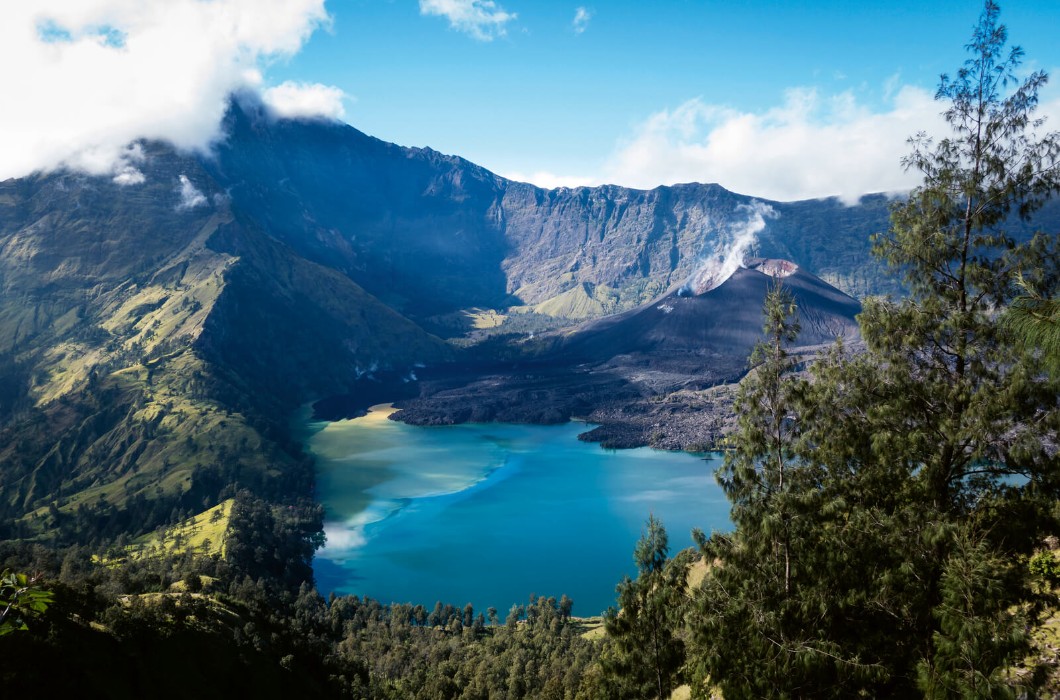
As we wind down from all we have seen and experienced on our eye-opening walk, we stop for a refreshing post-hike shower in the roaring, 30-metre high Belwan waterfall—a welcome pick-me-up after the early start. Visiting one of the volcano’s many coffee plantations is also highly recommended. Filled with exotic trees and shrubs growing coffee, orange, macadamia nuts and more, it also reveals the story of how Java’s legendary Kopi Luwak coffee is made.
Crafted from coffee cherries extracted from the droppings of a Civet—a small wild cat-like animal—the ancient tradition is now generally considered to be highly unethical due to intense farming methods. Yet, it is still regarded in some circles as a status symbol and luxury product, and it is reported to sell for as much as $100 per cup in some high-end restaurants.
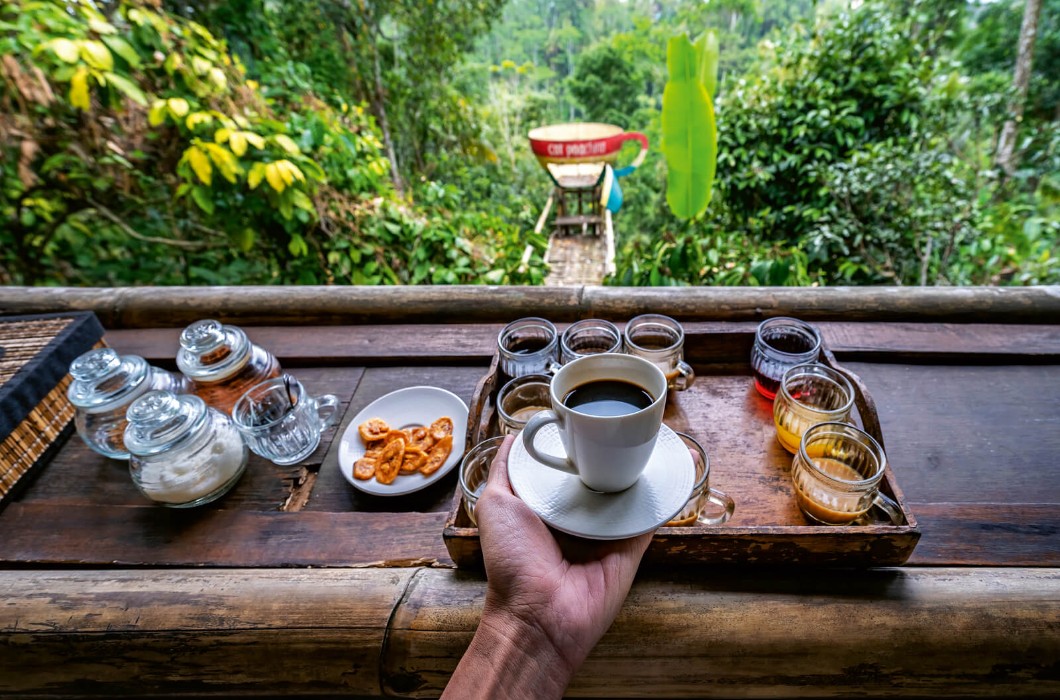
From Ijen, it’s just a short drive to the coast and then a quick ferry to Bali. If you still have the energy, you can then do as I do and catch one more ferry even further east to Lombok, where Mount Rinjani offers another exciting bucket-list hiking experience. A more difficult climb than Ijen (but with less toxic gases), most hikes of the second highest active volcano in Indonesia involve an unforgettable night or two camping on the crater rim. Allowing you to wake up to golden sunrise views over the cavernous lake, it is another thrilling adventure that will stay with visitors for a lifetime.
After the dusty climbs and descents of Rinjani, I then relish ending my travels with a few days at Kuta Lombok, one of the island’s most popular surf towns. One of the liveliest areas of Lombok, yet still far, far, less touristy than Bali, it’s hard not to fall in love with the island’s pristine golden beaches. Littered with bamboo huts containing rustic beach bars and restaurants, the quiet stretches of sand on the south coast are ideal for reading, relaxing and absorbing Indonesia’s world-class coastal beauty. Don’t miss out on snorkelling around Lombok either. Joining a boat trip that heads out towards the island of West Nusa Tenggara, travellers can cast their eyes on some of the brightest and healthiest coral in the region, while the thousands of exotic and colourful fish are absolutely breathtaking. Unlike when you snorkel in Bali, Thailand and other popular Southeast Asian islands, I don’t see another tourist boat all day, and there is no sign of any damage or discolouration on the coral.
Of course, Java and Lombok are just the start of what lies beyond Bali. Just as the UAE doesn’t start and end with the Burj Khalifa and Dubai Marina, Indonesia is far more than just the yoga camps of Ubud and the surfer bars of Uluwatu. If you want to escape the usual glamorous travel scene, but still experience flawless hospitality and astounding landscapes, Bali’s unwisely underrated neighbours offer everything you could ever ask for and more. While lots of island holidays involve nothing but sun, sea and sand, this dynamic duo are proudly different to anywhere you’ll have ever been before.








